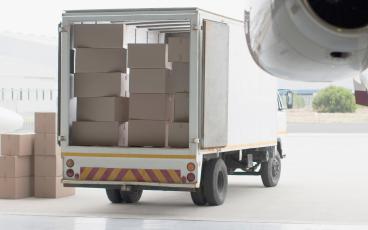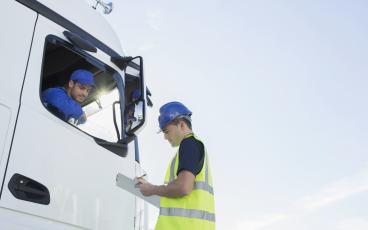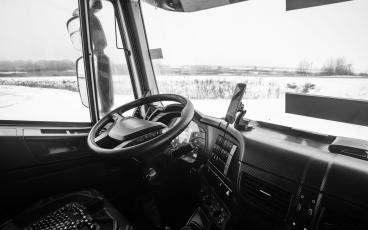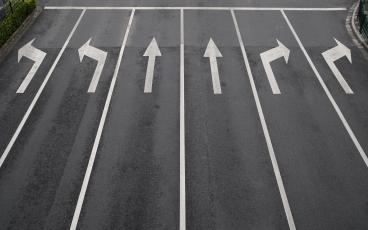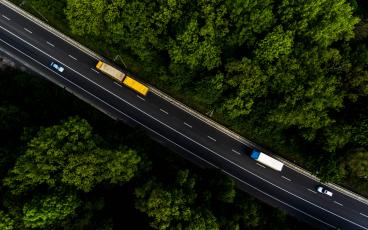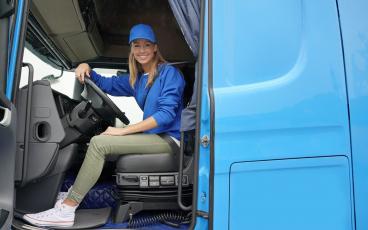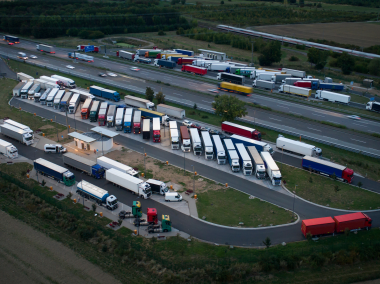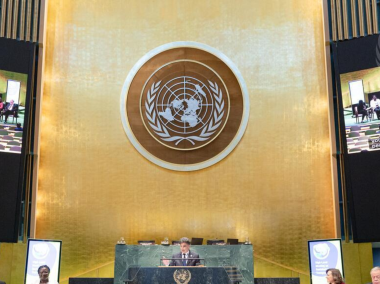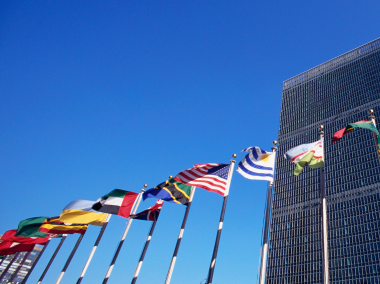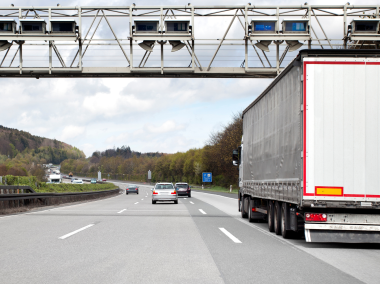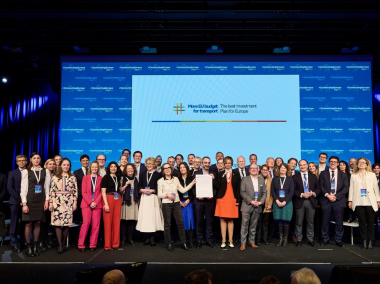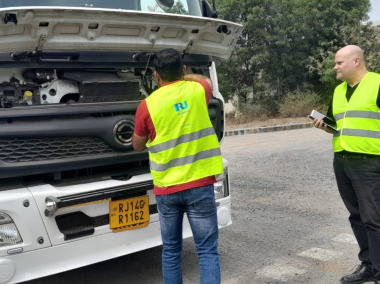What we do
IRU is the trusted voice for mobility and logistics, upholding the interest of bus, coach, taxi and truck operators as well as the broader mobility and logistics industry.
By promoting and enhancing cooperation between industry and decision makers, IRU contributes to facilitating trade and building prosperity.
IRU champions excellence in road transport through international certification standards that create real competitive advantage.
Highlights
Latest news
EU | Brussels
Drivers and cargo at risk: EU needs more safe and secure truck parking
Employers, trade unions and parking operators are urging the European Commission to maintain a focused approach to certifying, upgrading, building, and funding safe and secure truck parking areas in the EU over the next three years.
22 Apr 2024 · People
EU | Brussels
IRU, ETF call for EU action on third-country driver rights and conditions
IRU and ETF delivered their joint statement on third-country drivers to the EU Jobs and Social Rights Commissioner today. Both organisations commit to working together to enhance the working conditions of third-country drivers, in full respect of their rights.
19 Apr 2024 · People
EU | Brussels
The EU’s new carbon toll: Complexities, shortcomings and solutions
EU countries have started implementing the bloc’s new CO2 tolls. Whether they’re new or additions to existing systems, they will have a big impact on logistics. What will those be? We asked Axxès and DKV Mobility for their perspectives.
16 Apr 2024 · Environment
EU | Brussels
IRU at Connecting Europe Days: key insights
IRU addressed the urgent need for better alternative fuel options, secure parking solutions and road transport’s role in multimodal transport at Connecting Europe Days in Brussels.






